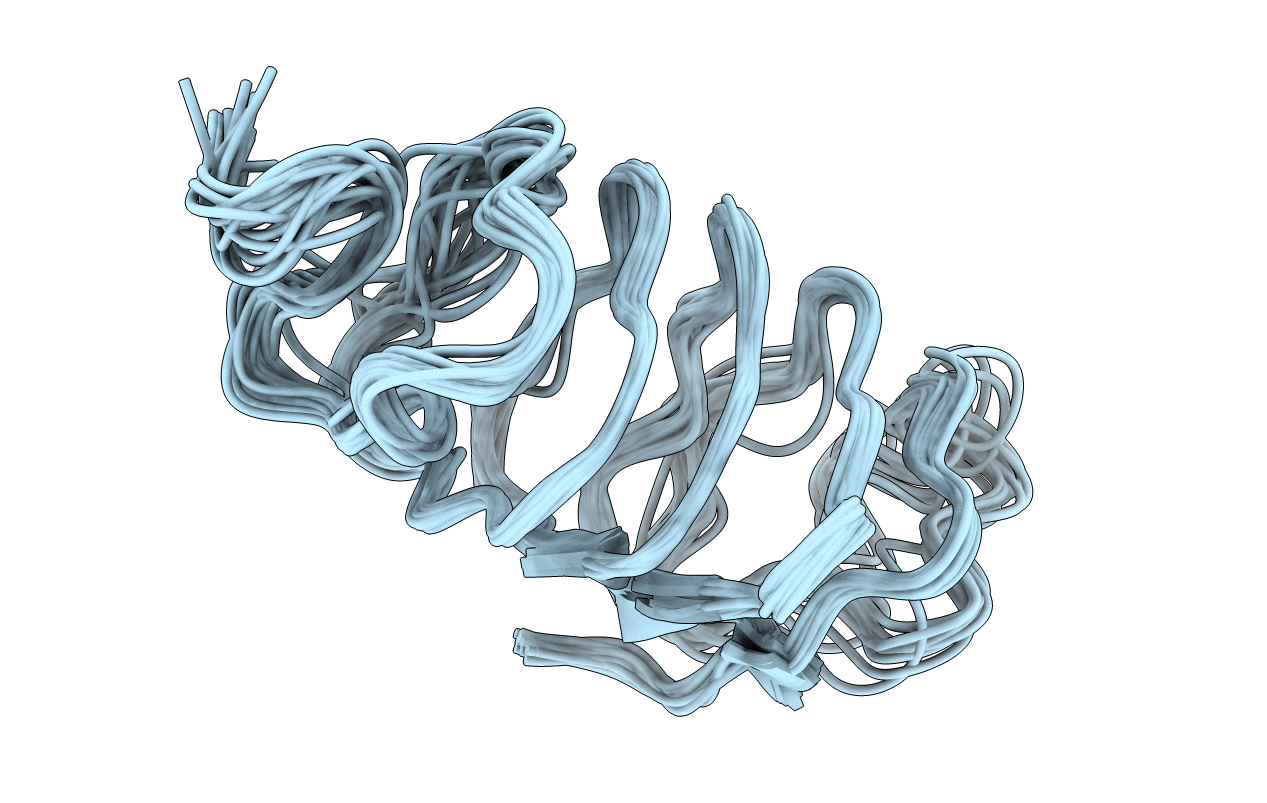
Deposition Date
2000-04-27
Release Date
2000-07-27
Last Version Date
2024-11-20
Entry Detail
PDB ID:
1EWW
Keywords:
Title:
SOLUTION STRUCTURE OF SPRUCE BUDWORM ANTIFREEZE PROTEIN AT 30 DEGREES CELSIUS
Biological Source:
Source Organism:
Choristoneura fumiferana (Taxon ID: 7141)
Host Organism:
Method Details:
Experimental Method:
Conformers Calculated:
50
Conformers Submitted:
20
Selection Criteria:
structures with the lowest energy


